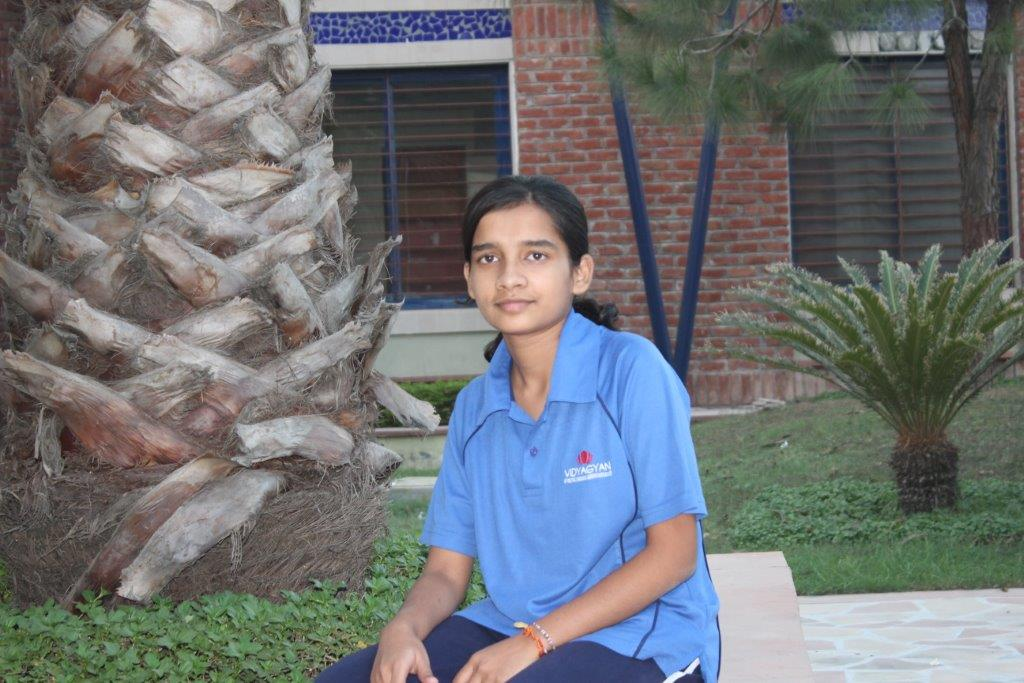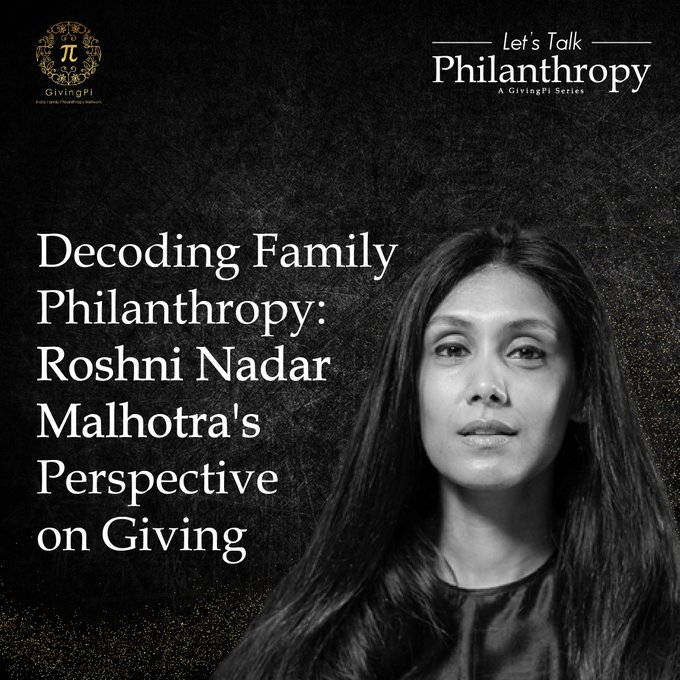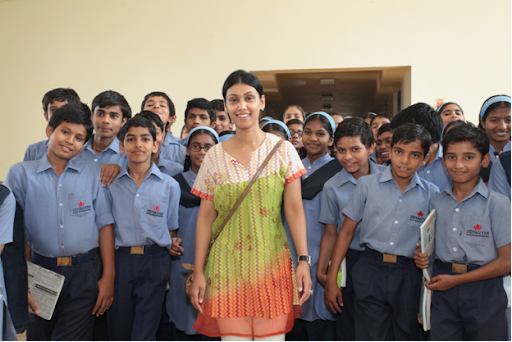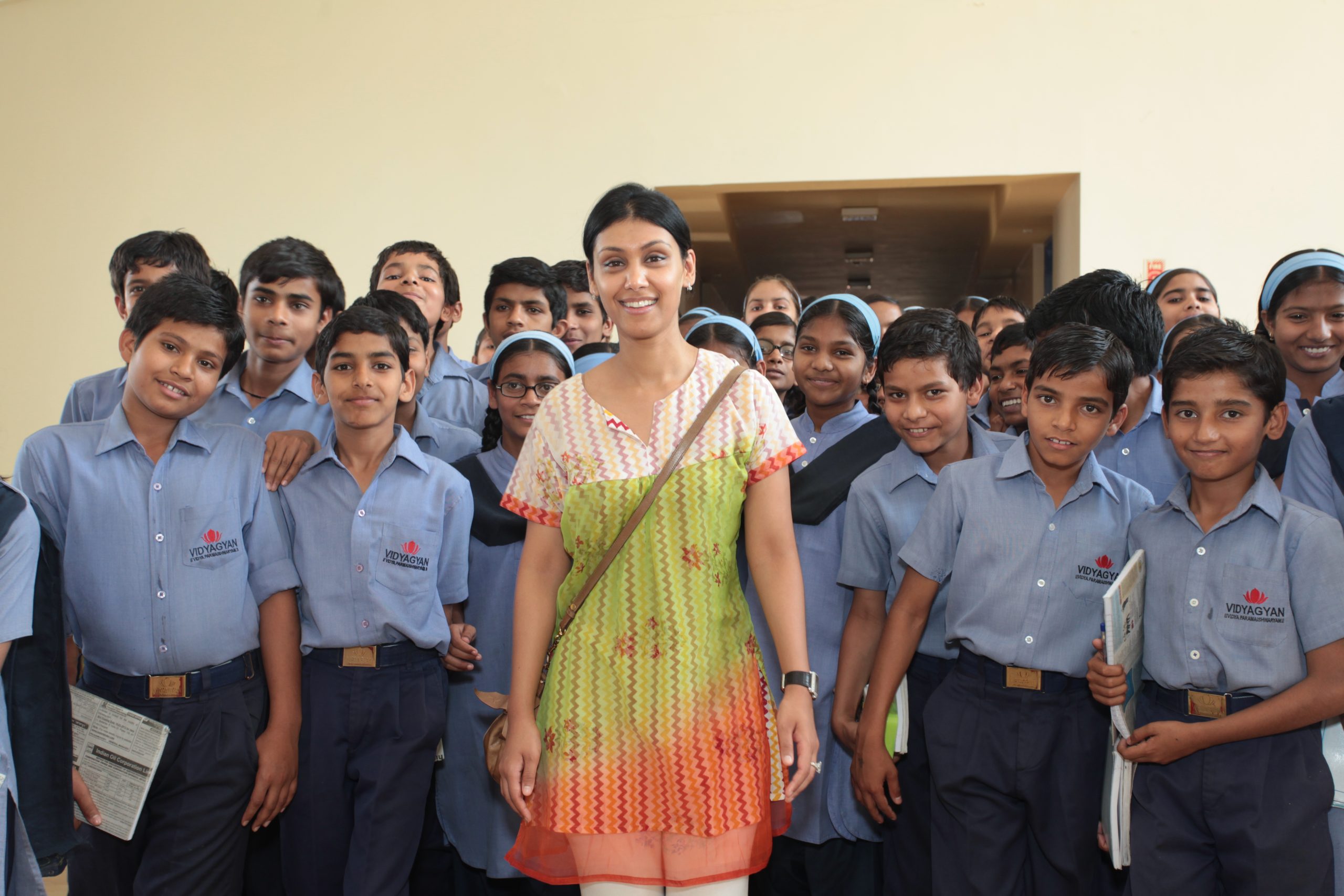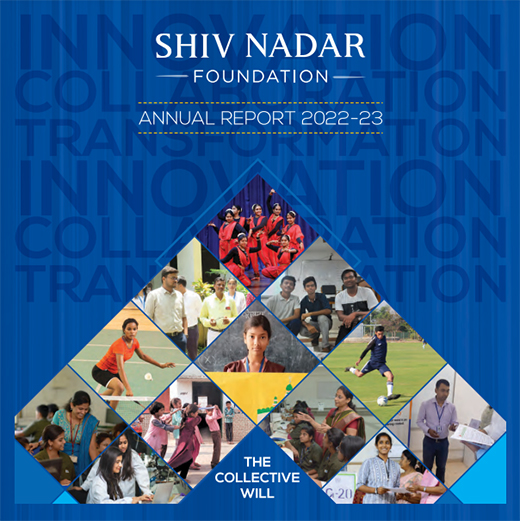Stories from the field: Language lessons with Hindi teacher Chetna Jain
The legacy of any culture is very closely embedded in its language – oral traditions are passed on, history is put on paper and the intricacies of life are documented best in the language of the time, and of the people. Hindi, in many ways, is that language. Numerous writers and poets have documented aspects of Indian life and culture in Hindi. And yet how many of us would have read Premchand’s social narratives of life in 1900s or enjoyed at leisure the ancient Indian fables captured in the Panchatantra? With English establishing itself as the global language of communication and business, feeling disconnected from Hindi is a feeling many of us have. But for millions of children in schools, we still have the opportunity to change this.
As a Hindi teacher, at times my first challenge is the outlook towards the language – not just amongst kids, but parents as well. One of my first tasks is to change this attitude and build the culture that Hindi is as important as any other subject or language and should be treated as such. So just like Maths or English or any other subject, I look for ways to build curiosity and interest in children towards Hindi.
Young children often find written text in Hindi to be intimidating or dry. Hindi literature for children is often based on themes of animals or nature, which might not always capture their interest, as opposed to English stories, which are picked from the everyday, and are thus more relatable. The question then is how do we help children connect with Hindi? One way is to step out of textbooks and finding similar stories outside, in our real lives.
I encourage children to narrate and share stories, find similarities and encourage discussion. They express themselves, verbally as well as in writing. The material then translates into their story, their poem, and their thought process. As soon as they begin expressing themselves in the language, they become more accustomed to it and written text seems less intimidating. I have witnessed a profound change through this approach. Children are excited to come to Hindi class because it is a place to express themselves.
On our part, I think we need to build better and more diverse Hindi literature for children, and this is my ardent request to the academic industry. Stories that they can relate to, and which are close to their own experiences. Only when children can connect to the literature, will they read it. At the end of the day, Hindi is our language; we don’t actually need to delve too much into textbooks to learn it. We need to feel the words. Find the beauty and flare of the language. Find your own form of expression in it, just like any other language. And you will find that connect again.
Chetna Jain
Chetna Jain teaches third and fourth grade Hindi at Shiv Nadar School, Noida. She loves spending time with children and is always up for a good chat on and in the language she loves. Interestingly, it was her English professor in school who inspired her to become a teacher.
Side Note: The irony of this article being written in English is not lost on the author.


